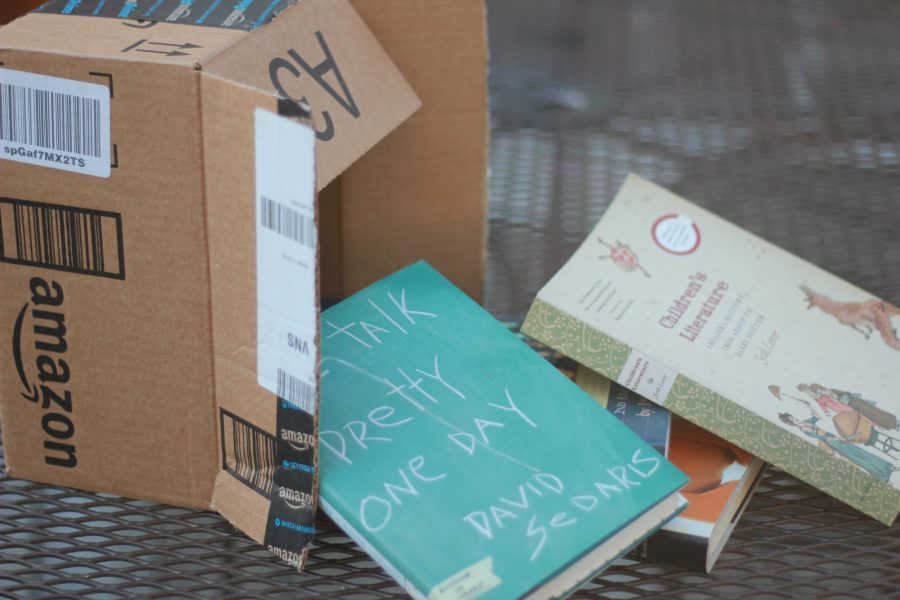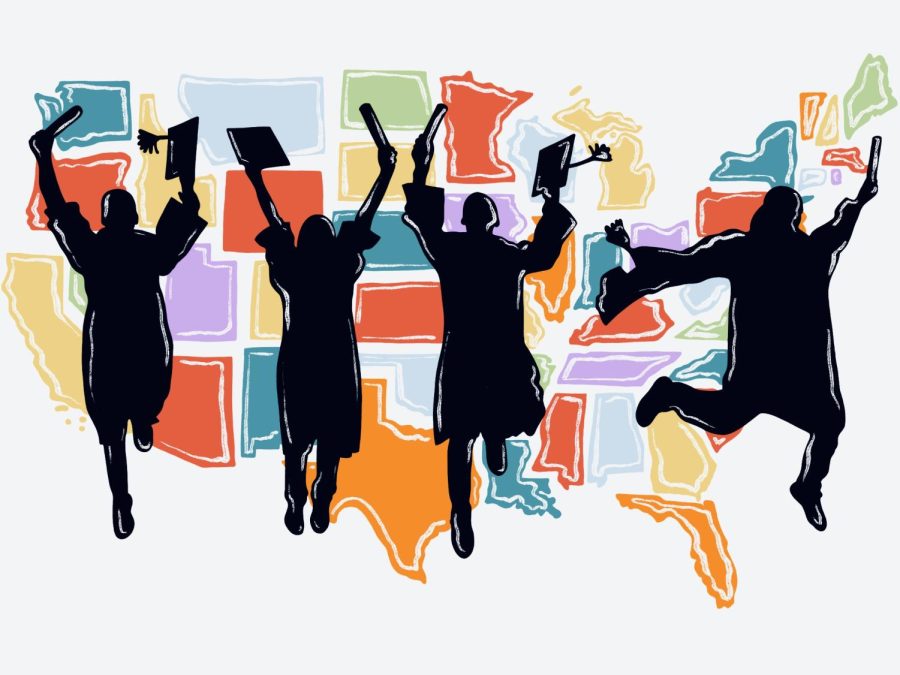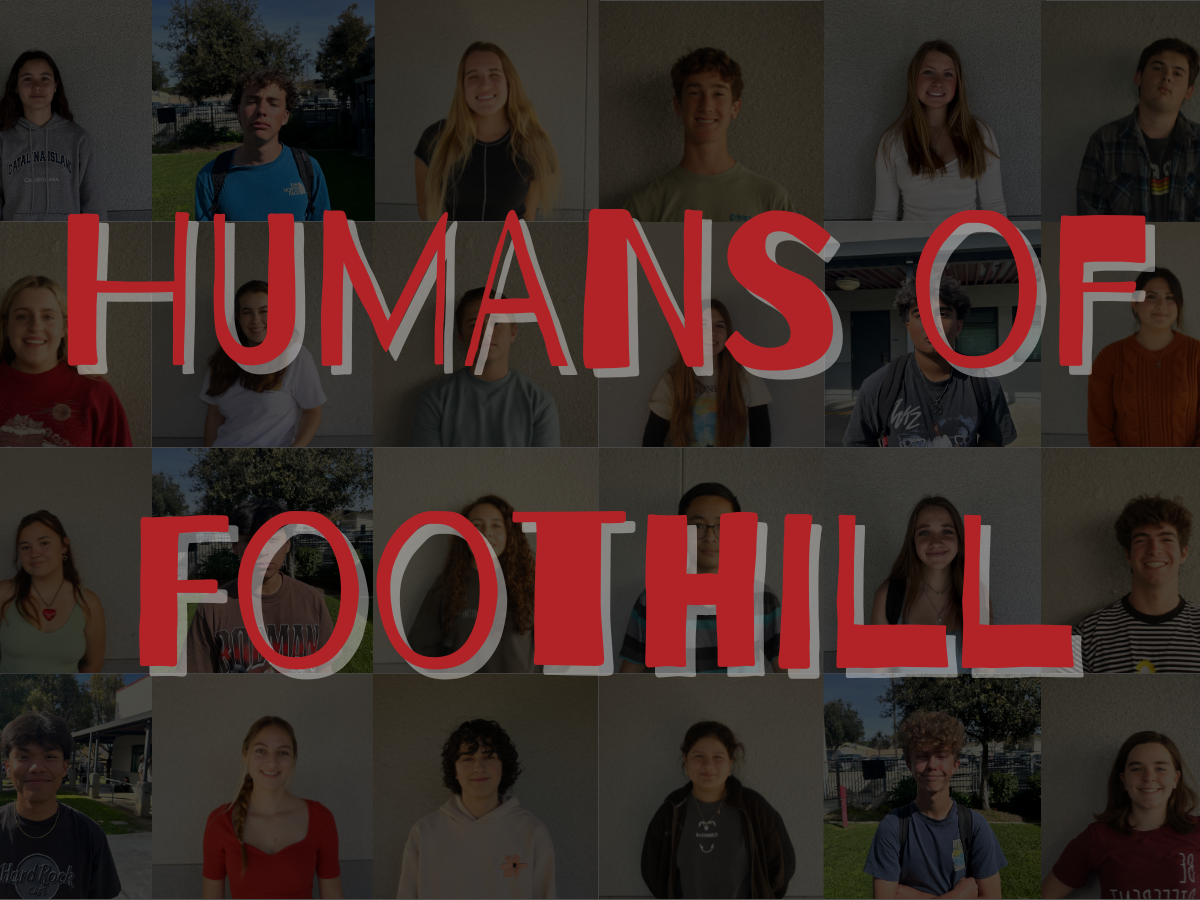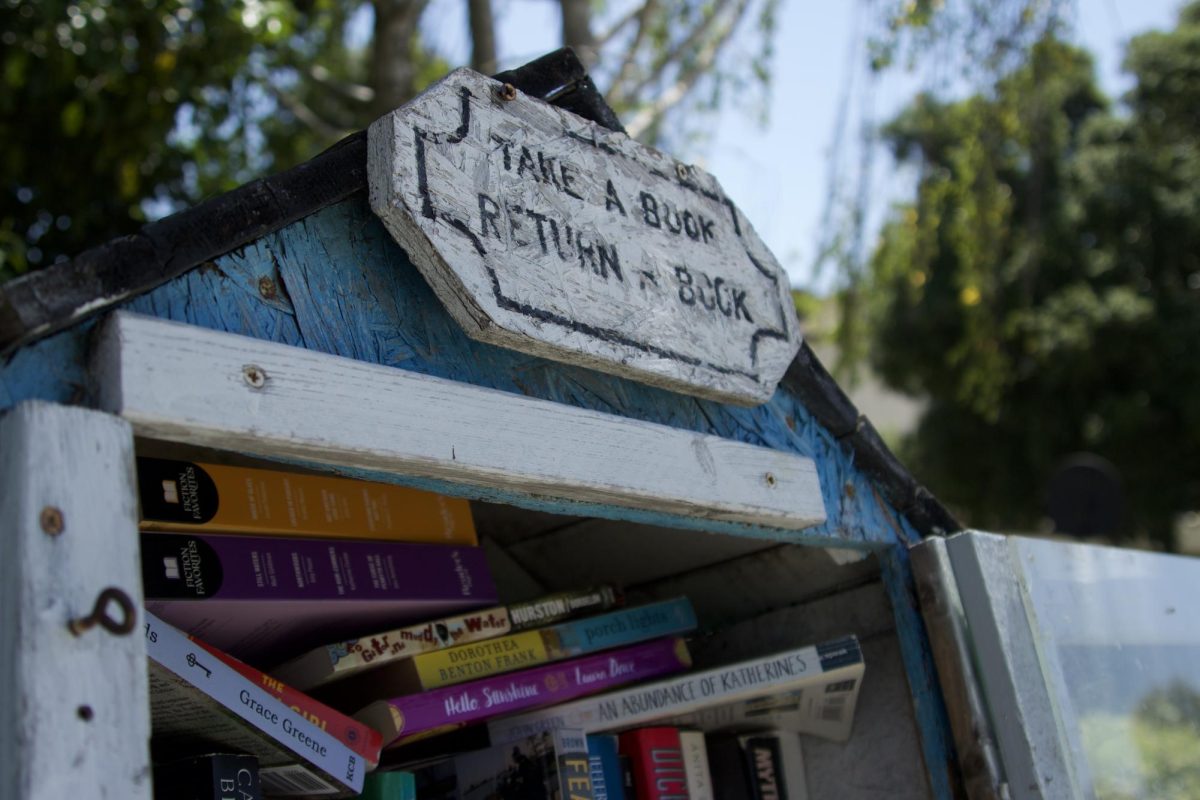Since its beginnings in 1994, Amazon become a worldwide power, selling everything from lawnmowers to fresh fruits and vegetables. Now, Amazon’s reach is extending into the world of books with both negative and positive effects.
When huge chain bookstores such as Barnes and Noble came onto the scene, smaller mom-and-pop businesses feared they would not be able to stay in business, but now the ever-growing power of Amazon is once again changing the way books are bought and sold.
As of 2014, Amazon’s annual revenue from books alone was 5.25 billion dollars, a staggering amount, but only about 7 percent of the company’s 75 billion dollar revenue. Despite the small fraction revenue Amazon actually makes from books, the power it holds in the book-selling business is tremendous.
[soundcloud url=”https://api.soundcloud.com/tracks/251290294″ params=”color=ff0000&auto_play=false&hide_related=false&show_comments=true&show_user=true&show_reposts=false” width=”100%” height=”166″ iframe=”true” /]
When Amazon first began selling books, the company’s focus was not on the books themselves, but consumer data. Each book was carefully tracked, trends were mapped and statistically analyzed to create an almost mechanical system for selling as many books as possible.
Authors published through Amazon, have access to a plethora of information from their ranking on the Amazon best-seller list by the hour to sales figures every week, by not just state, but city and region as well: information that is just impossible for traditional publishers and bookstores to give them.
It’s not the information overload that concerns the owners of traditional bookstores, but Amazon’s speed. Services such as Amazon Prime or same-day delivery allow customers to receive their books within a few hours to a few days, something that puts bookstores in jeopardy.
“I think it very much depends on the person […] when I was younger my mom would just take me to Barnes and Noble and just kind of let me walk around and that was how I would find books. But at the same time, there are those people who just prefer to go online […] I definitely think either way established writers have the advantage,” junior Hector Gonzales said.
English teacher Valerie Zeko typically borrows books from friends, although she does utilize Amazon for her purchases. Despite that, she enjoys shopping in bookstores.
“I think it’s both, because I love bookstores, I love the smell of bookstores, I love how they feel, I love spending time in bookstores and looking at all the books physically, I’m not a digital person,” Zeko said. “So I would definitely say it’s positive as it makes things easier, but it’s negative because I would hate the idea of bookstores closing down. I wish we could have both.”
In the past 20 years, the number of traditional independent bookstores nationwide has decreased more than 50 percent, something that can partially be attributed to large, chain bookstores, but to Amazon as well. With quicker and easier ways to shop, small bookstores find it impossible to compete.
“I don’t find it so much concerning as I do disappointing,” Gonzales said, “but I think that’s very much just a trend in consumerism in general. […] We see the slant toward digital consumption anyways […] I think it’s very much convenience for the consumer that it’s going that way.”
The ease of shopping on Amazon is far more appealing to many customers, because it allows them to make purchases from the comfort of their home. For people living in smaller, remote areas without bookstores or libraries, Amazon has allowed them to still have access to all the books they want without having to make a trip to the nearest city.
“I think if physical media could go back and be more convenient for the consumer than digital, which is kind of a barrier to break with physical media, we would see a rise in brick and mortar stores again,” Gonzales said.
Self-publication and traditional publication:
Long gone are the days where it was necessary for authors to compete to have their books published by big name companies, as Amazon offers programs to self-publish novels for sale on their market. Although this may sound like a dream to aspiring authors, there remains a variety of problems that arise with self-publishing.
[soundcloud url=”https://api.soundcloud.com/tracks/251289713″ params=”color=ff0000&auto_play=false&hide_related=false&show_comments=true&show_user=true&show_reposts=false” width=”100%” height=”166″ iframe=”true” /]
Traditional publishing is done through book publishing houses such as Penguin, McGraw-Hill Education, and Pearson. These houses are companies that authors send their manuscripts, unedited text, for editors to look at. If the editor deems the manuscript as quality work, it will then be considered. More often than not, editors will outright reject a book if it doesn’t immediately fit their criteria, as they sort through other potential books.
“My own drawback from self-publishing is that there’s not that much feedback. The entire point of the publishing process is to send it off to different editors, to different viewpoints in literature […] there’s much more room [for] error,” Gonzales said.
Even if the author’s book is considered, the editor still needs to consider whether it’s profitable to publish, amidst several other books the editor is considering. Although the process of having a work reaching consideration is lengthy and difficult, publishing through a house allows for more opportunity for an author’s work to reach readers.
“They’re really selective, they don’t publish everything because it’s a big investment every time they publish a book,” Zeko said.
Traditional publishing allows for the publisher to work on cover art and marketing, more exposure and publicity, and the benefit of having professional editors proofread their work. This also ensures that the released books are held to a certain degree of quality, and lightening the load on behalf of the author.
However, despite the benefits of traditional publishing, there are many flaws with having a publishing house in charge of an author’s work. If a publishing house accepts an author’s work, they purchase the rights, and the author loses a portion of control over their book. Their book is also subject to changes to the title, cover, and also take a considerable amount of time to finally be published. Authors also don’t receive the majority of the profit.
Self-publishing, such as through Amazon, removes the publishing house from the equation, and puts the power in the author’s hands. There are several ways to go about self publication, however a popular one suggested by Amazon is CreateSpace.
CreateSpace allows authors to publish paperback books using on-demand printing, and selling on Amazon. Creating E-books is a popular form of self-publication, as it eliminates manufacturing costs. Although they offer services such as editing, formatting, and marketing, it costs money and is not mandatory to publish a book.
“It’s got to be a lot of fun to see your book in print,” Zeko said. “They probably feel a lot of pride in their accomplishment, but I know it’s a lot of expense for them.”
With this, any authors hold the authority to self-publish their work, as well as retain control over it. However, they won’t have the luxury that traditional publishers offer, such as marketing, distribution, and editing. Although the author could be potentially paid with much better royalty rates, there is no guarantee that their book would reach the same number of sales if it went through a publisher.
“I think the market will always respond to demand, so if you self-publish, you’re not going to be able to afford to promote the books the ways publishers do,” Zeko said. “I know I have seen a book that has been self-published, I don’t feel like it’s first rate because I know it hasn’t been screened the way a publisher would screen a book.”
Although self-publishing allows for the potential for authors to release their books without struggling to be accepted by a publisher, it also creates a new problem. With more people discovering the utility of Amazon, the more authors decide to release their books onto the market.
Unlike how publishing houses act as filters for the market, self-publishing allows for thousands of books to be released, all competing with each other. In conjunction with the lack of editing and proofreading offered by traditional publishing, this makes quality work more difficult to find amidst unedited work.
[soundcloud url=”https://api.soundcloud.com/tracks/251025478″ params=”color=ff0000&auto_play=false&hide_related=false&show_comments=true&show_user=true&show_reposts=false” width=”100%” height=”166″ iframe=”true” /]
When Zeko read a book self-published by a friend, she thought the book was “sub-par”.
“Maybe I have a preconceived notion like, ‘Oh, this was written by a friend, so it can’t be that good.’ I just automatically judged it as sub-par,” Zeko said.
Zeko believes that self-publication is positive as it allows writers to release their work.
“The pride of creating something and putting it out in the world regardless of its success maybe is a great thing for people,” Zeko said.
Background Photo Credit: Grayson McCoy/The Foothill Dragon Press








